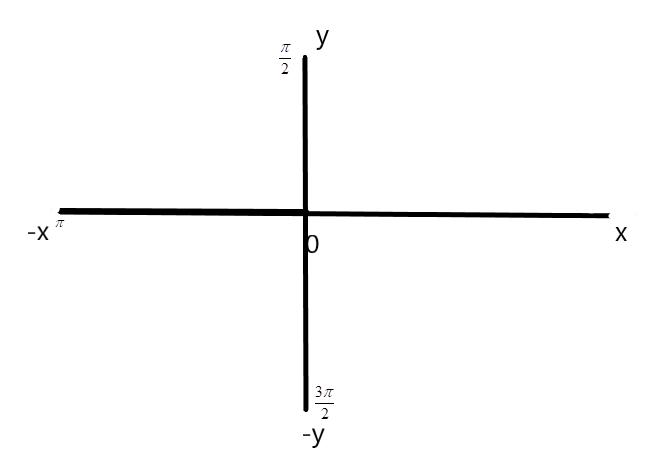Question
Question: The value of \[\arg \left( x \right)\] when \(x < 0\) is: A.0 B.\(\dfrac{\pi }{2}\) C.\(\pi \)...
The value of arg(x) when x<0 is:
A.0
B.2π
C.π
D.None of these
Solution
Represent the given complex number on the plane, where the real part corresponds to the x coordinate and the imaginary part corresponds to the y axis. Take x<0. The argument of the angle is the angle in radians, inclined from real axis (x−axis) in the direction of complex number, when complex number is represented on the complex plane
Complete step-by-step answer:
A complex number is of the form a+ib, where a is the real part and b represents the imaginary part.
In polar form, a complex number is written as r(cosθ+isinθ), where ris the modulus of the complex number and θ is the argument of the complex number.
The argument of the angle is the angle in radians, inclined from the real axis (x−axis) in the direction of complex number, when complex number is represented on the complex plane.
In the given complex number, z=x, the real part is x and it has no imaginary part.
Represent the given complex number on the plane.

From the figure, the complex number represents the negative x axis.
We have to find the angle inclined from x−axis to the complex number in the direction of the complex number. Since, the value of x<0, we can see from the graph that the value of the argument is π.
Thus, the value of arg(x) when x<0 is π.
Hence, option C is correct.
Note: The argument of the complex number is the angle in radians measured from the x axis in an anticlockwise direction. x axis represents the real part and y axis represents the complex part of a complex number.
